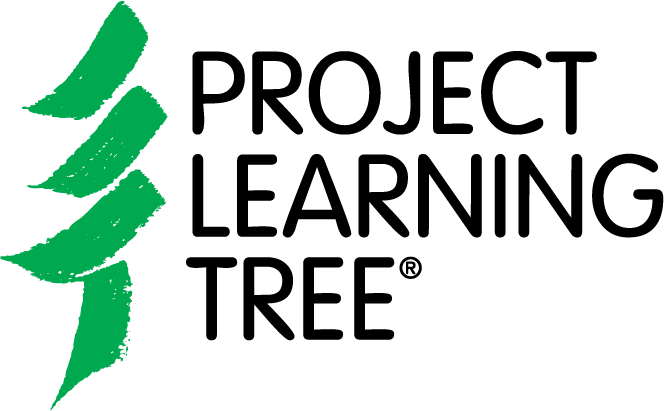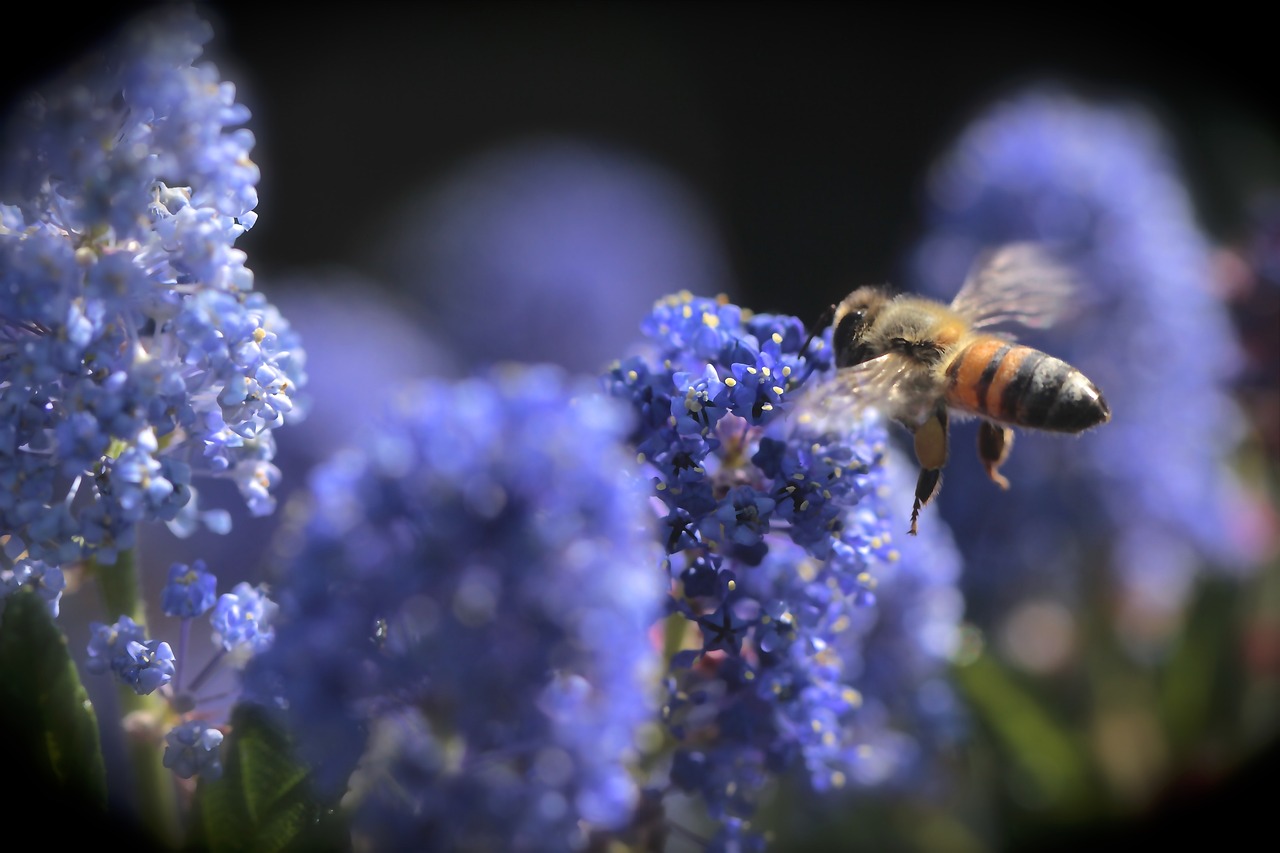
Engage Students With Pollinator Activities for World Bee Day
Engage students in learning about the vital role of bees and other pollinators with these engaging activities for World Bee Day. From exploring the bee life cycle to creating pollinator inventions, these hands-on projects cater to various grade levels and learning styles.
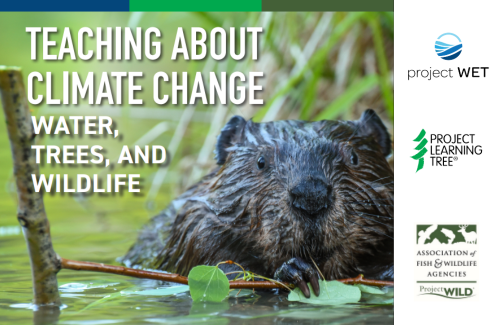
Teaching about Climate Change with PLT, Project WET, and Project WILD
Climate change is a complex topic that can be intimidating to teach. However, understanding climate, including the ways it is changing and how that impacts the environment, is crucial to making informed decisions and building resilience. Project Learning Tree, Project WET, and Project WILD provide over 100 hands-on activities that are grounded in each of our environmental focuses.
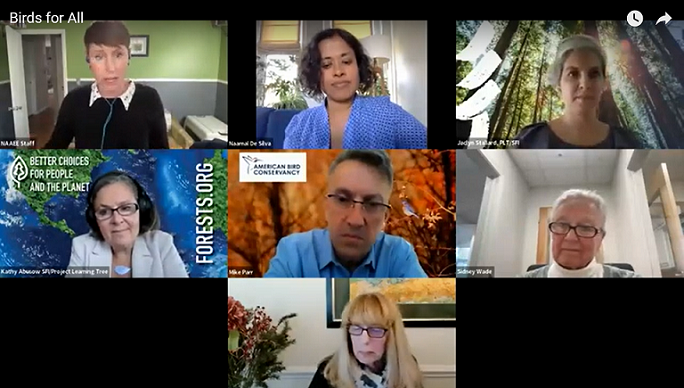
Birds for All
Watch our free educator webinar to discover hands-on resources that use birds to create fun, inclusive, and authentic learning experiences!
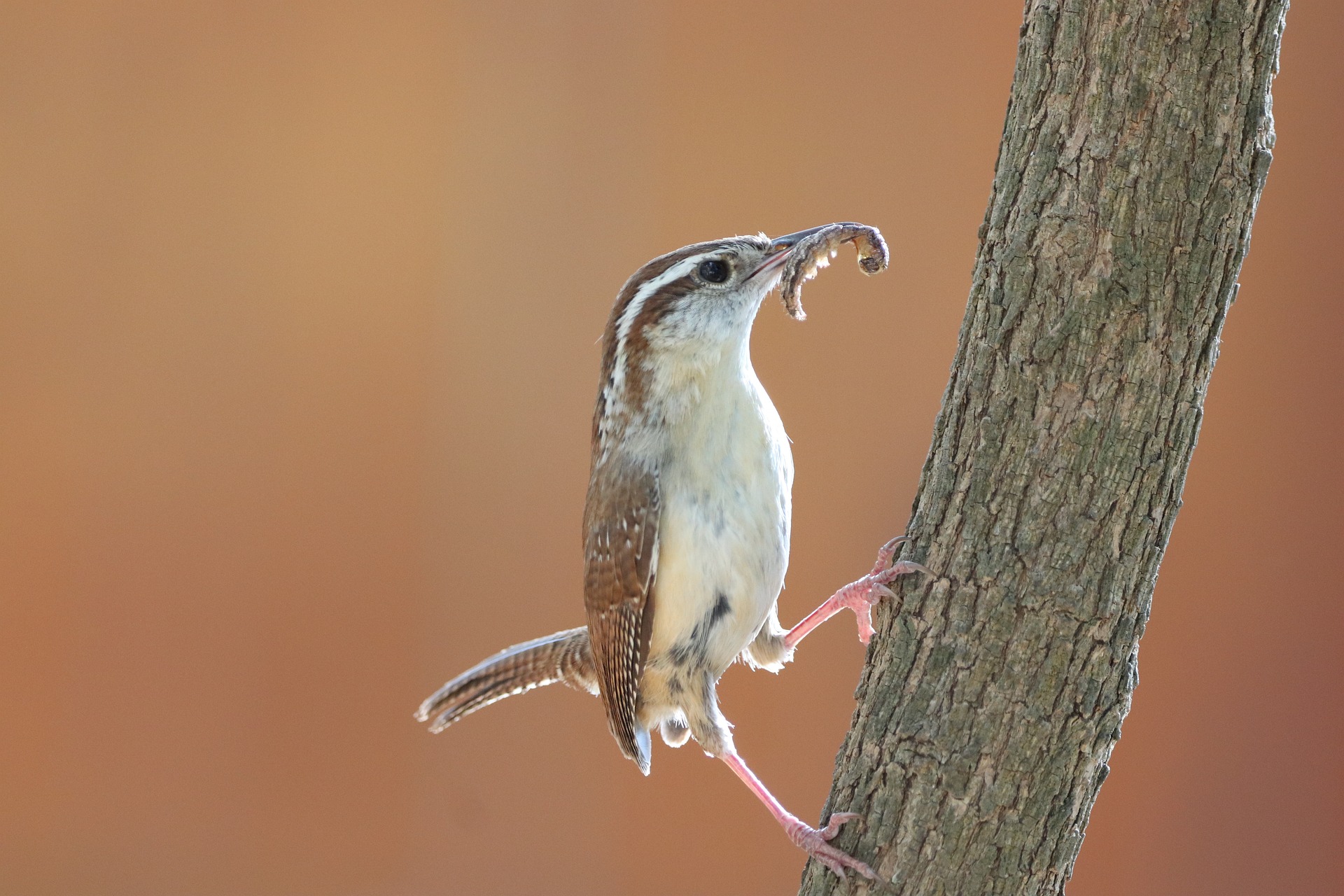
Everything Is Connected: The Benefits of Native Bird, Insect, and Tree Species
Native species are essential to healthy ecosystems. These species have had years of evolution to adapt to weather, seasons, and other living things around them. Native birds and insects in particular keep our environments in balance. Take a look at the importance of native birds and insects in our natural environments and how we can introduce students to these concepts in tangible ways.
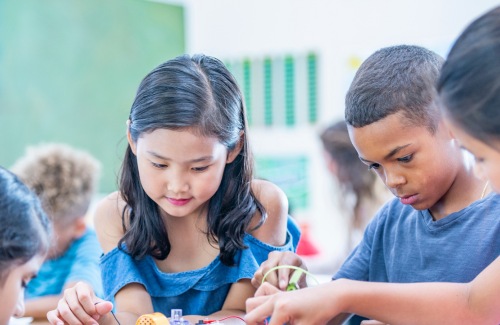
Fostering Social and Emotional Learning Through Nature Education
Summer break allows educators to recharge and reflect. Social and Emotional Learning (SEL) is important for students’ growth—nature-based education, like PLT activities, fosters SEL by promoting collaboration, self-expression, and emotional connection to nature. Explore ways you can incorporate SEL into your classroom this school year!
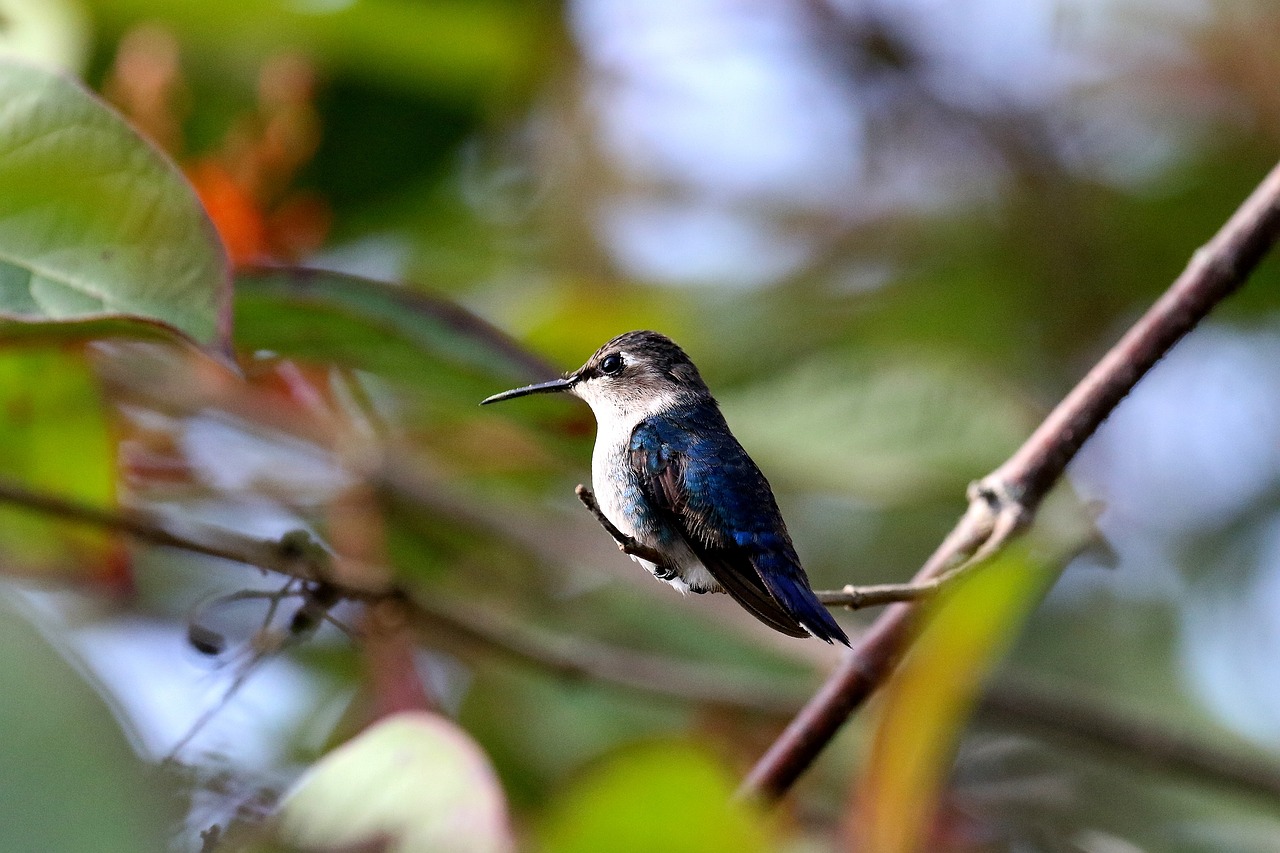
Hands-On Pollinator Activities for Preschoolers
Young learners often focus on bees when learning about pollinators, but it’s important to introduce them to the diverse range of pollinators supporting our ecosystems. From birds to bats, butterflies to moths, there’s much to learn. Engaging activities like scavenger hunts, bee baths, and pollinator-themed crafts help them understand the vital role of these creatures and the importance of conserving their habitats. Explore how you can enhance activities and learnings with PLT!
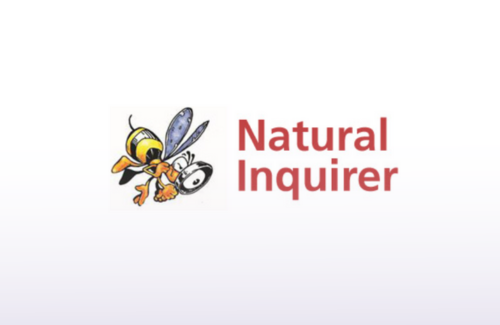
A Tool for Your Science Toolbox: Natural Inquirer
Natural Inquirer is a free science education journal written for middle through high school age students. Learn more about the variety of PLT resources that have been correlated to Natural Inquirer articles.

Show Love for Nature With Eco-Friendly Recycled Valentine’s Crafts
Explore fun, hands-on Valentine’s Day crafts using natural and recycled materials to try at home or in the classroom, including wreaths, ornaments, cards, textile gifts, and more!
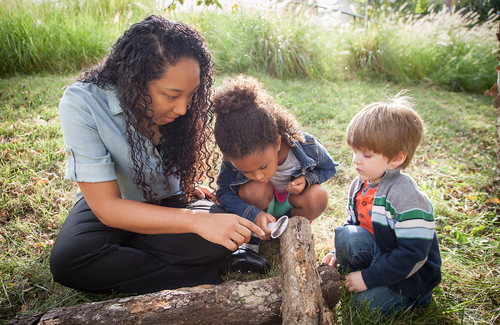
Hands-on Activities & Advice for New Environmental Educators
Explore PLT resources to help you teach students about the environment, whether you’re new to teaching or looking for new environmental education resources to explore! PLT provides easy-to-teach, hands-on activities suitable for various settings, and a range of resources to support and mentor new educators.
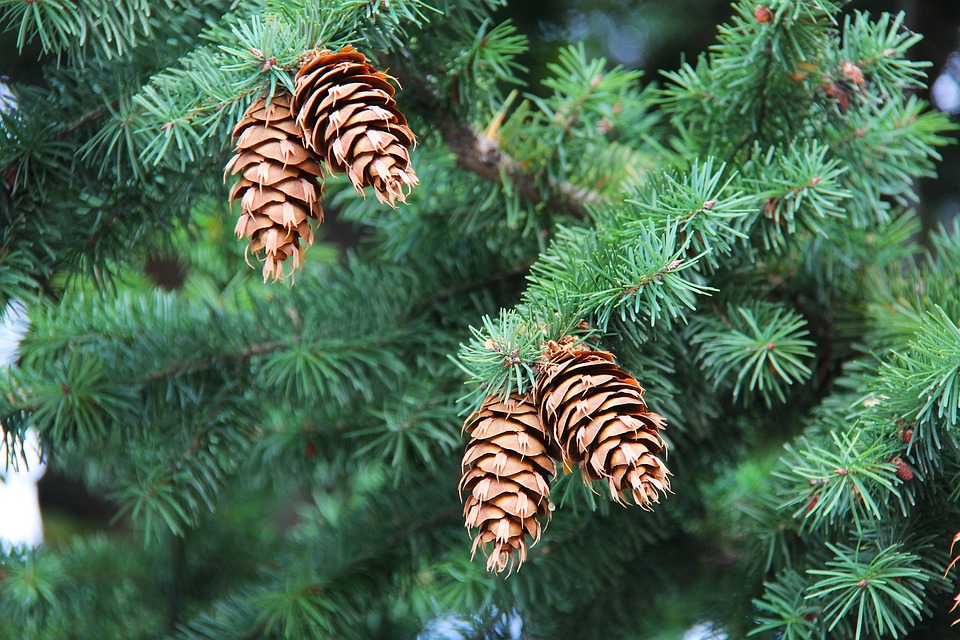
Learning About Conifer & Evergreen Trees
Watching the seasons change can be an exciting time for students, especially if they live in a community with obvious seasonal changes! Use these lessons to foster curiosity in students wondering how some trees stay green all winter long and as a basis to learn about trees throughout the year.
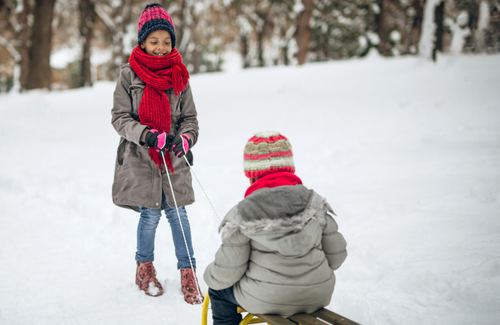
How to Make the Most of Winter Outdoor Activities
The winter environment offers abundant outdoor learning opportunities for preschoolers and high schoolers alike. How do you make the most of outdoor activities for kids during the colder months? Molly Gillespie, Alaska’s PLT Coordinator, recently shared with us some tips for teaching outdoors in the winter.
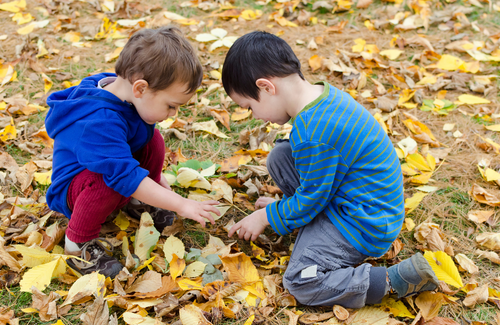
7 Benefits of Using Nature and the Outdoors to Teach Math
Nature is a fascinating environment to create fun, authentic learning experiences, especially when it comes to math concepts! Explore seven benefits of using nature and the outdoors to teach math.
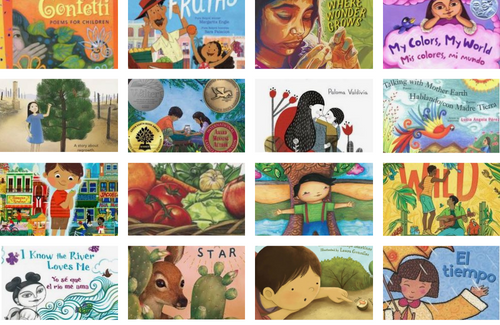
21 Nature Books by Hispanic and Latino Authors
Books by diverse authors give us a view of the world from many different lenses. They also let children see their own cultural experiences reflected …
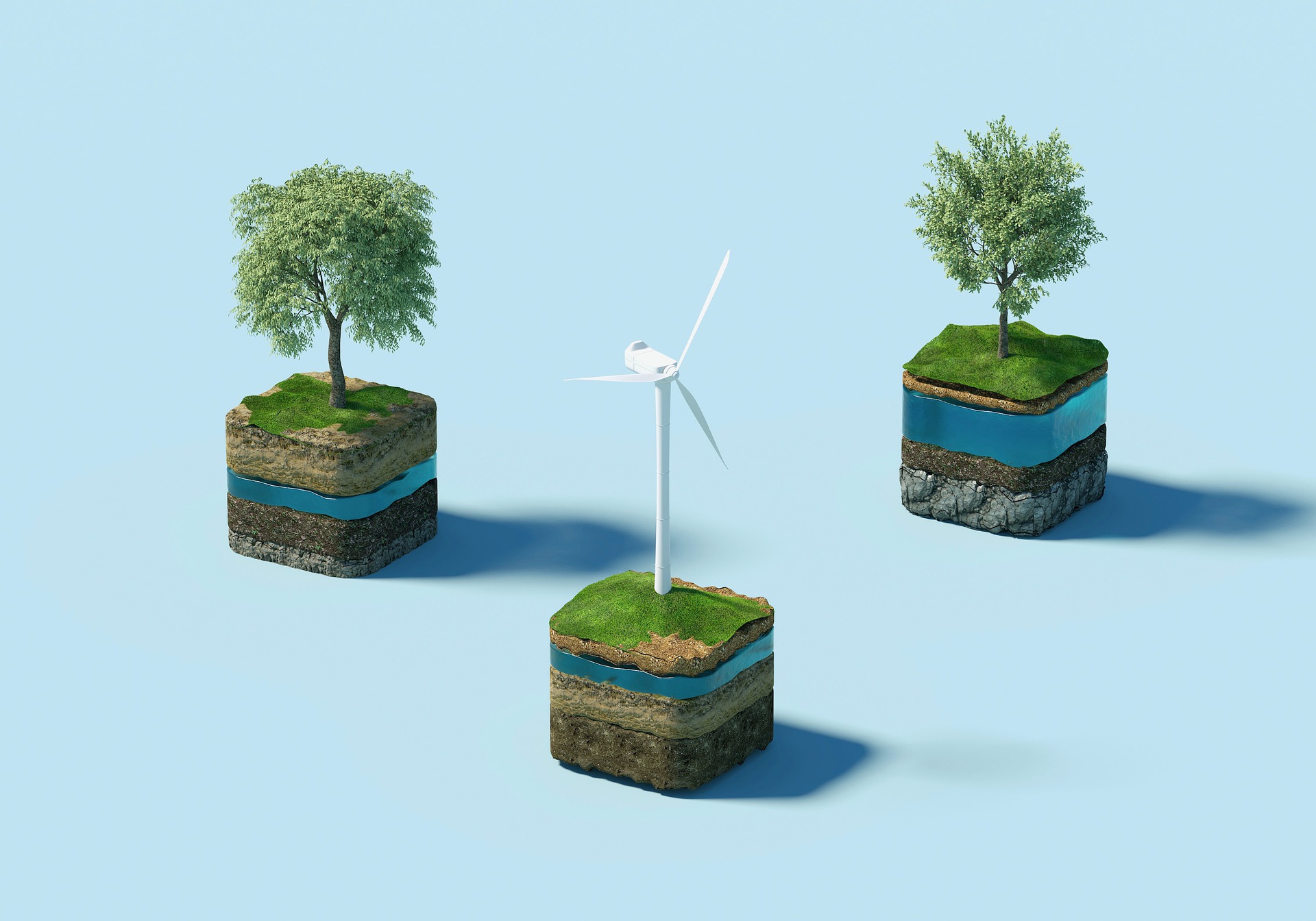
Earth Science Week Activities to Try in Your Classroom
Get learners excited about sustainability with Earth Science Week activities you can try with your classroom, complete with recommended grade levels and relevant science standards!

Paper Craft Ideas for Hispanic Heritage Month
Whether you are a parent, classroom teacher, paper products professional, or museum activity leader – we’ve assembled a list of fun paper and cardboard activities that celebrate the culture of Hispanic and Latino communities and present an opportunity for a conversation about the importance of making better decisions for people and the planet
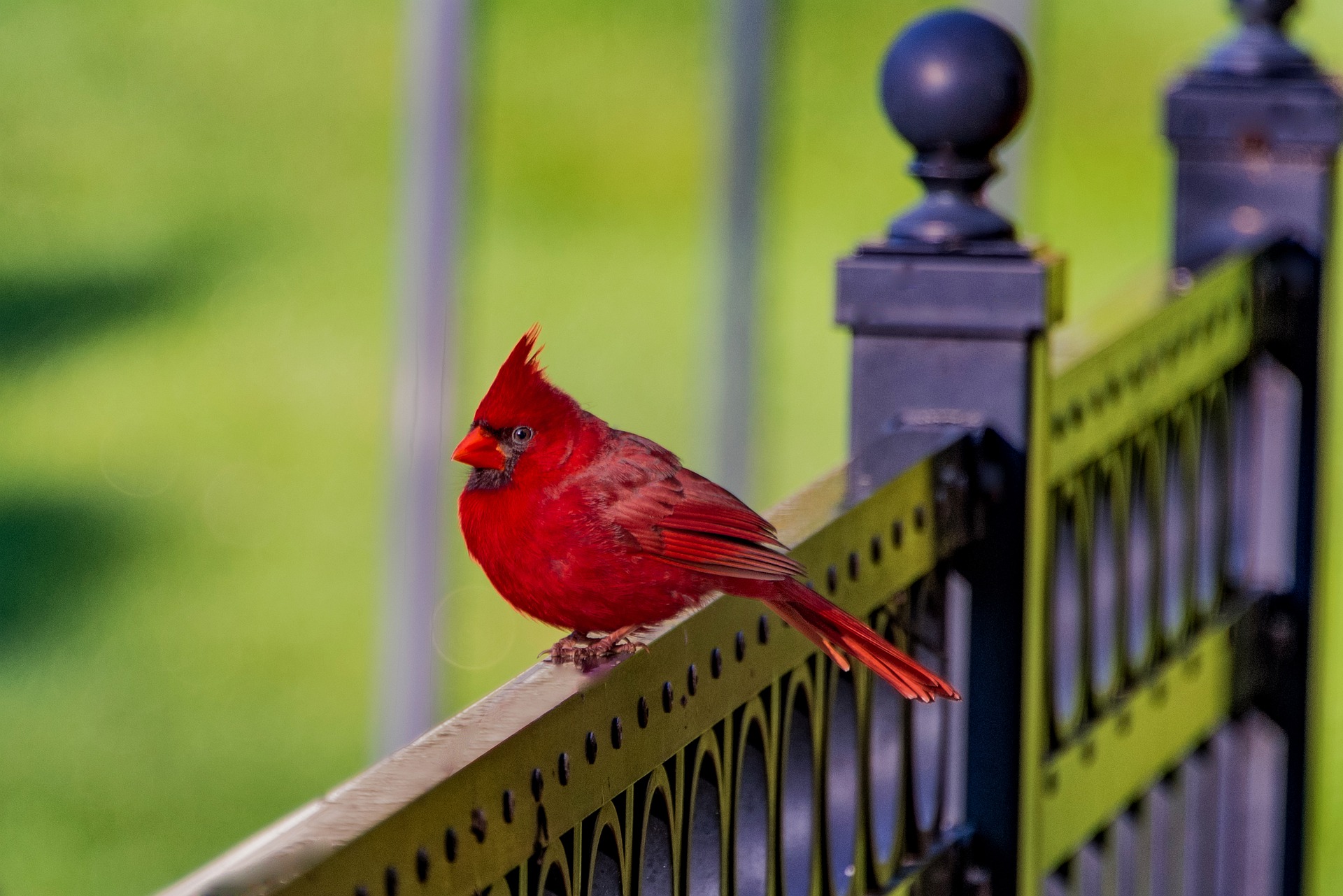
How to Introduce Students to Urban Birdwatching
Introduce kids to urban birdwatching and help them enjoy their immediate environments! Check out how to get started with urban birdwatching at your school, daycare, summer camp, or home, along with bird-themed activities that you can adapt for your classroom.
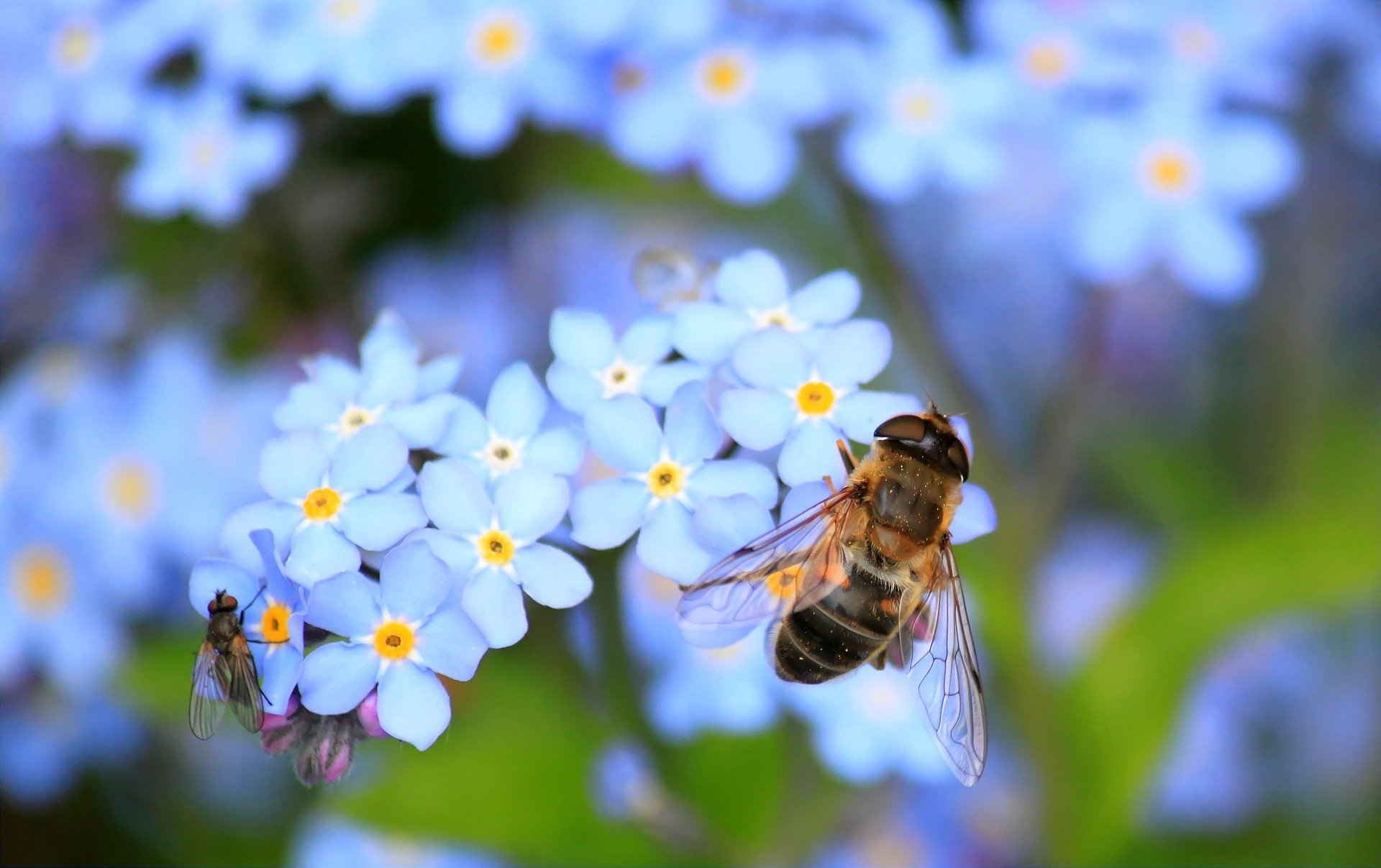
Celebrate Earth Day With Community Science Projects
Want to do something to honor Earth Day and Earth Month? Make an impact as a citizen scientist and contribute to real-life data while helping local and global ecosystems!
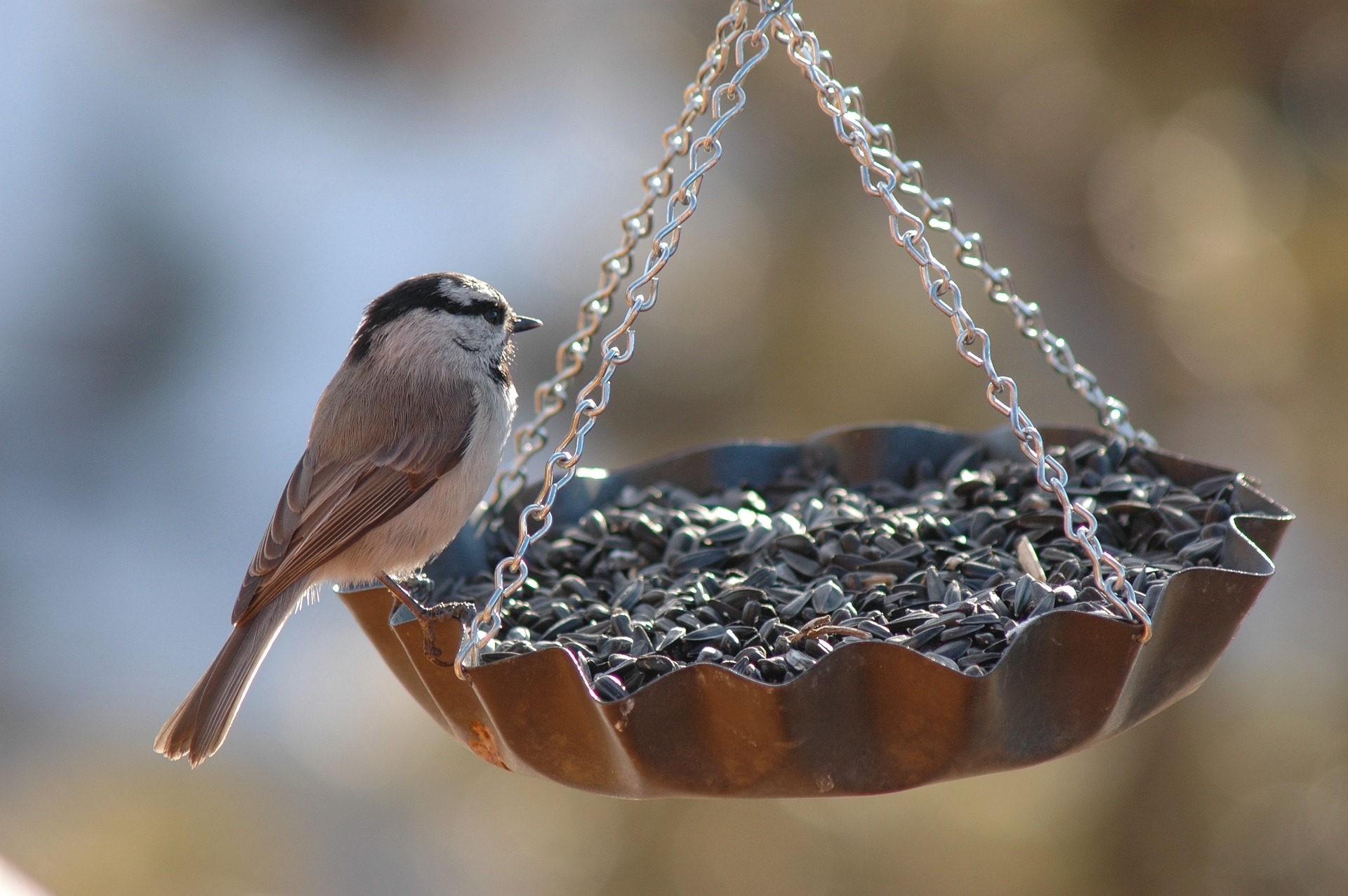
14 Bird Feeder Projects Using Natural and Recycled Materials
Engage kids in outdoor learning with a variety of fun, hands-on bird feeder projects featuring recycled and natural materials.
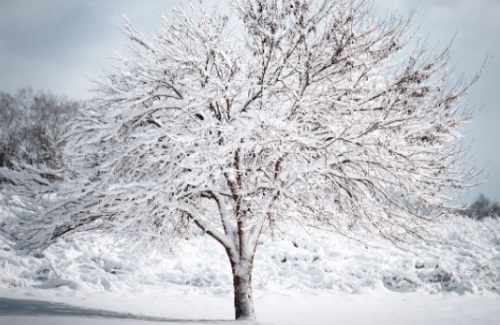
How Trees Survive Cold Winters
When temperatures drop and days get shorter, trees start to prepare for the cold of the winter. How do different kinds of trees adapt to the cold? Take a closer look at trees and get children to investigate the seasonal changes!
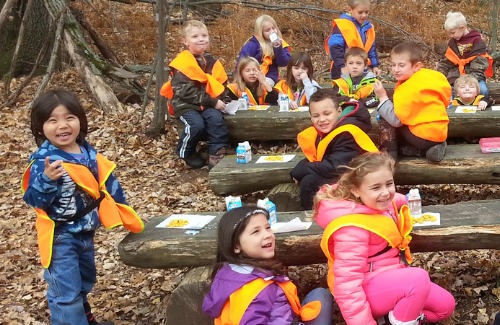
School Forests Connect Children to Nature
Enriching outdoor classrooms, ready-to-use lessons, and outdoor skill-based trainings in the woods. Learn how the Minnesota DNR’s School Forest Program helps teachers develop and enhance their outdoor instruction.

Native American Heritage Month, Thanksgiving, and Year-Round Resources for Educators
November is Native American, or American Indian and Alaska Native Heritage Month. While we should honor, recognize, and celebrate Indigenous Peoples year-round, November is a month to dedicate more time to our individual and respective learning journeys about Indigenous Peoples’ history, culture, knowledge, perspectives, and leadership.

Thank a Tree for Everything From Your Roof to Shredded Cheese
Give thanks for forests this season! Whether building a house or buying a shirt, you may be surprised by just how many products we use daily come from trees.
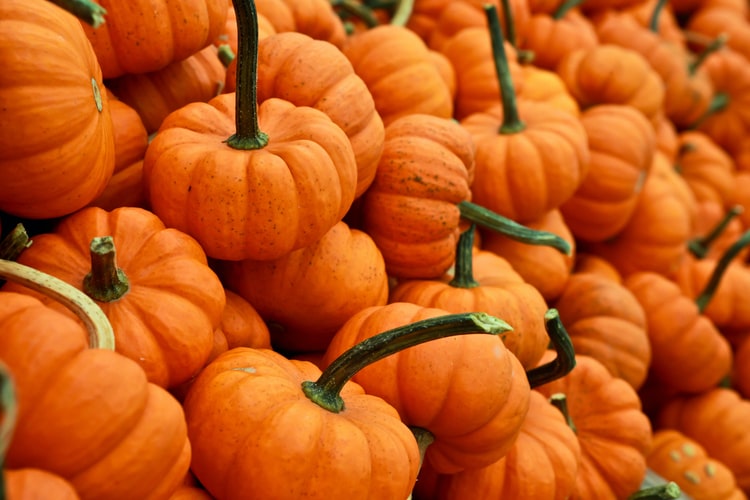
14 Halloween Activities With Natural and Recycled Materials
Celebrate Halloween, Batweek, and everything spooky this season with our 14 Halloween-themed activities for students of all ages and levels. Created using recycled materials, our hands-on activity ideas will turn students into scientists using homemade lava lamps, leaf ghosts, monster eyeballs, and more.
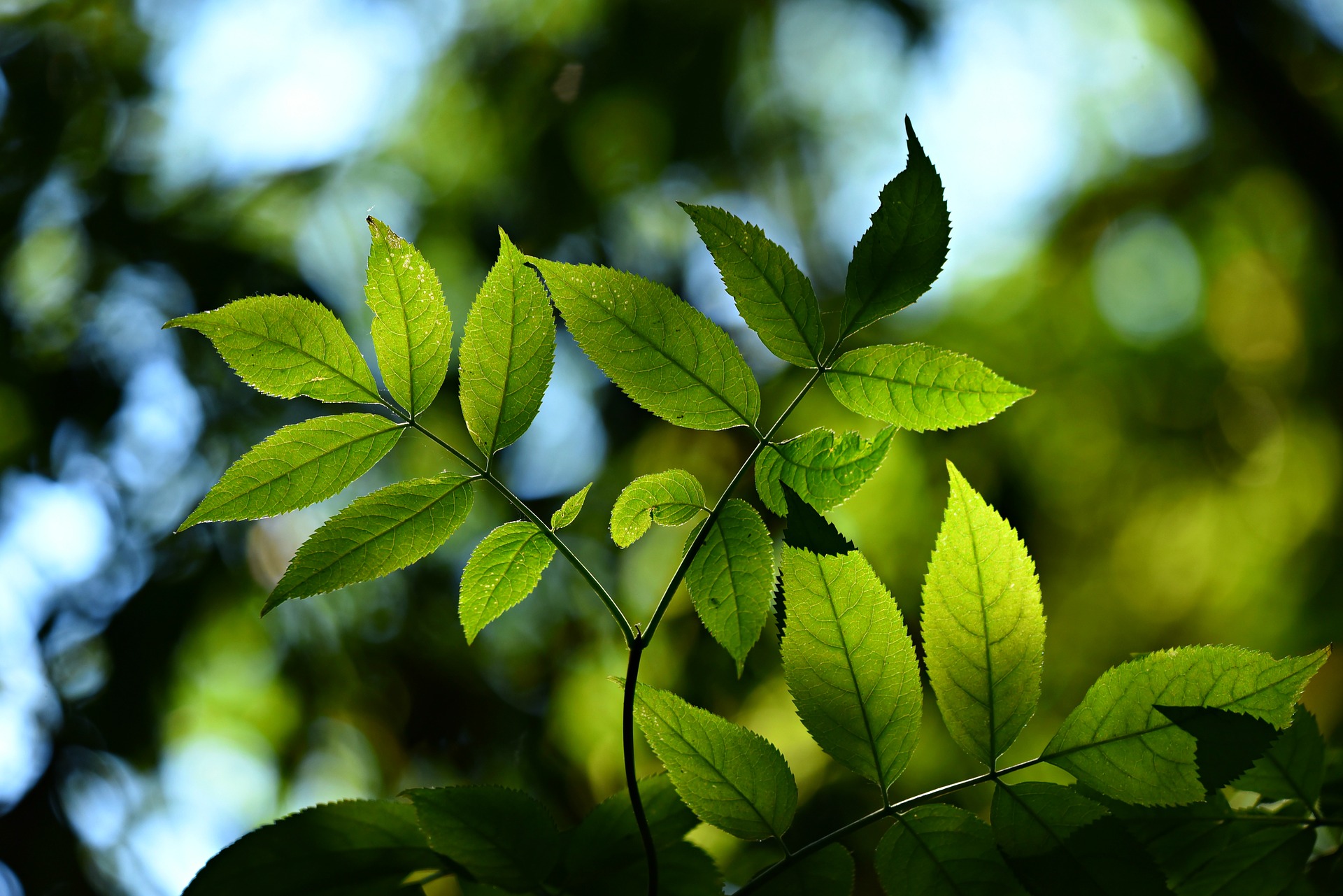
Activities and Experiments to Explore Photosynthesis in the Classroom
Photosynthesis can be a difficult concept to grasp, that’s why we’ve compiled a selection of hands-on activities and experiments to help show students some of the concepts in action.
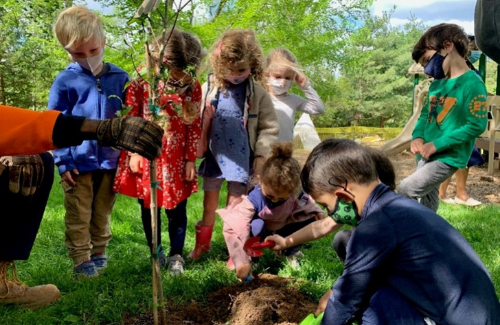
Tips From PLT’s First Early Childhood Certified GreenSchool
A preschool curriculum director describes her school’s focus on the outdoors and nature and how PLT helped give their teachers and students some structure and new ideas for ways to deepen study.
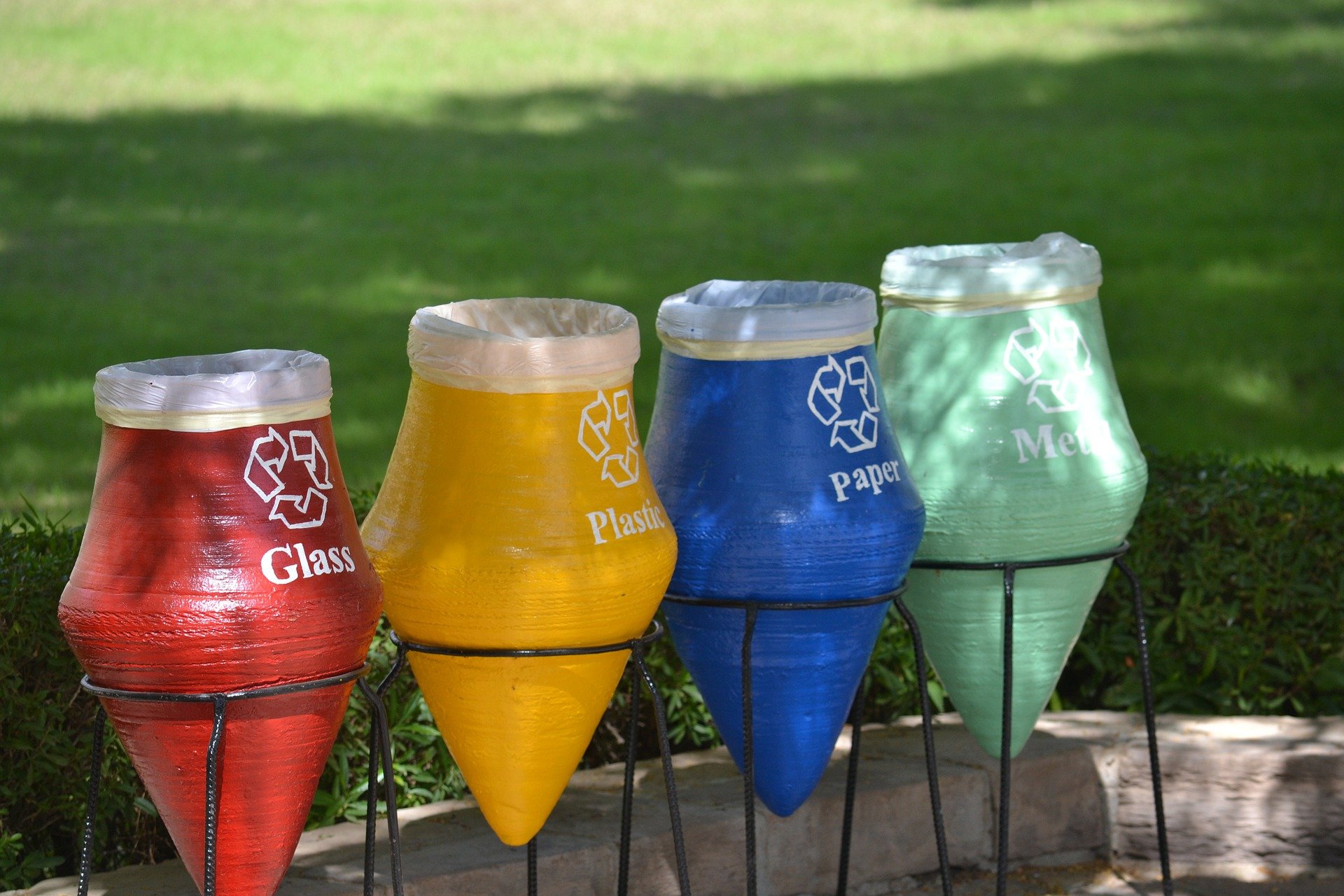
11 Books About Recycling for Elementary Students
Looking for a Summer Reading list? Check out these captivating books about recycling for elementary students. From a recycled orchestra to a garbage barge to the life of a plastic bag, children will learn the basics of reduce, reuse, recycle and return to class inspired to contribute to a healthier, cleaner planet.
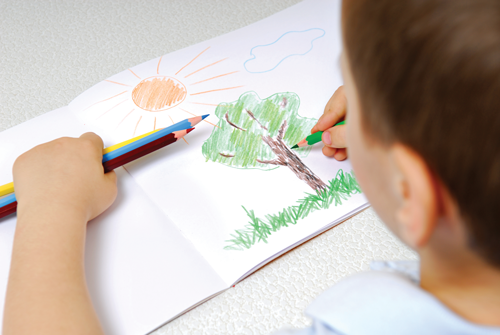
21 Tree Art Projects for Young Learners
We’ve gathered a variety of art projects for Preschool through Grade 2 children involving handprints, mosaics, found objects such as sticks and leaves, and repurposed materials such as egg cartons to get students excited and thinking about trees.
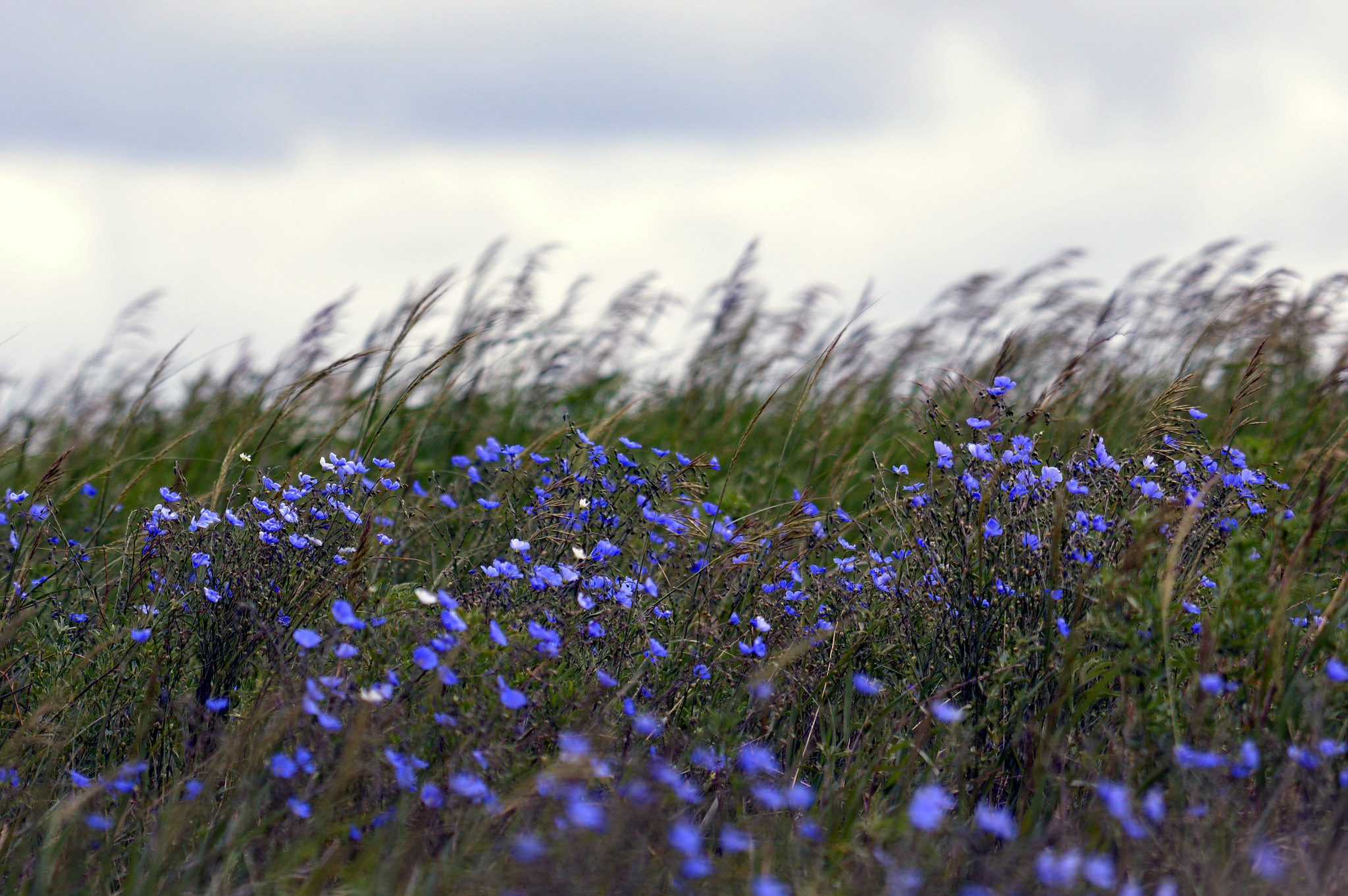
Earth Day 2021 – Restore the Earth With Native Plants
The theme of Earth Day 2021 is “Restore Our Earth.” Explore the differences between native, non-native, and invasive plants; how invasive plants threaten the environment and why native plants sustain it — and what your classroom can do to get involved.

Innovative Ways to Create More Urban Green Spaces
Creating more green spaces can not only add natural beauty to cities, but it can also improve the health and well-being of its residents. Get your students inspired to add green spaces to urban areas.
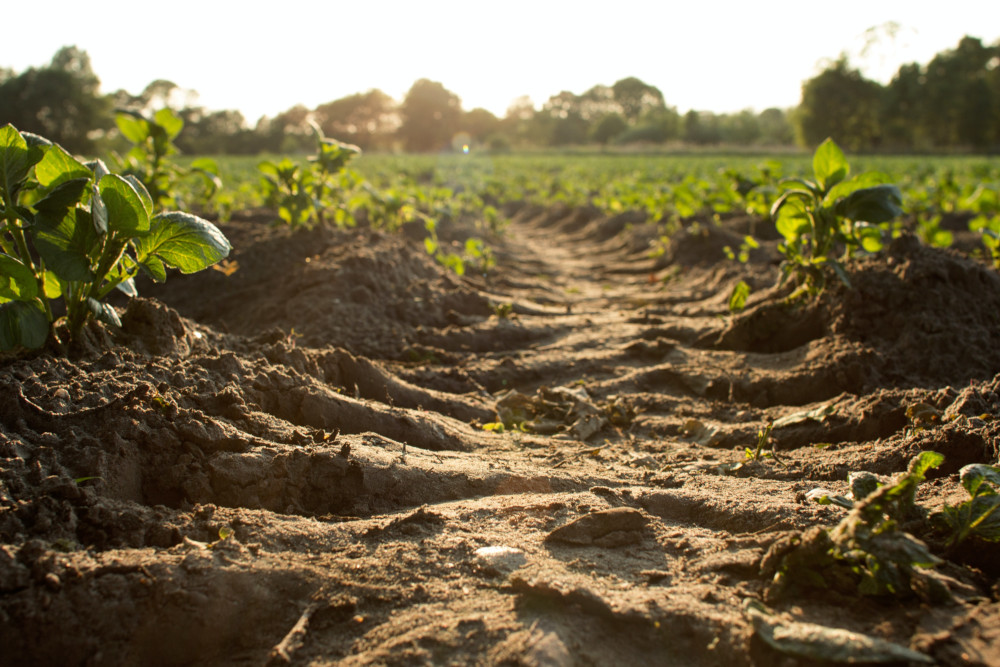
Soil Erosion: Why It Happens and What We Can Do About It
Soil is unbelievably important for forests and all of life on earth. Help youth understand the negative effects of erosion and encourage soil development with our article and student activity ideas.

Winter-Themed STEM Activities
The cold winter season provides many opportunities to add fun and interesting STEM activities to your lesson plans. Here are some ideas to get you started.

22 Holiday Craft Ideas Using Natural Materials
Working with natural materials helps students form deeper connections with the outside world. Try these holiday craft ideas using natural materials.

Spider-Inspired Classroom Activities for Halloween
Are you ready to add some spooky science to your fall lesson plans? We have gathered a whole cauldron of creepy, crawly spider science activities to enhance your lessons. Try these 11 Halloween activities inspired by our eight-legged friends. Examine spider webs outdoors, build a spider habitat, consider how a spider would adapt to life in space, and more!

11 Consejos Para Padres Para Conectar a los Niños a la Naturaleza
Haga que los niños se interesen y se entusiasmen con la naturaleza en sus propios patios o en su vecindario con estos 11 consejos para que los padres conecten a los niños con la naturaleza.

11 Tips for Parents to Connect Kids to the Outdoors
Get kids interested and excited about nature in their own backyards or around their neighborhood with these 11 tips for parents to connect kids to nature.
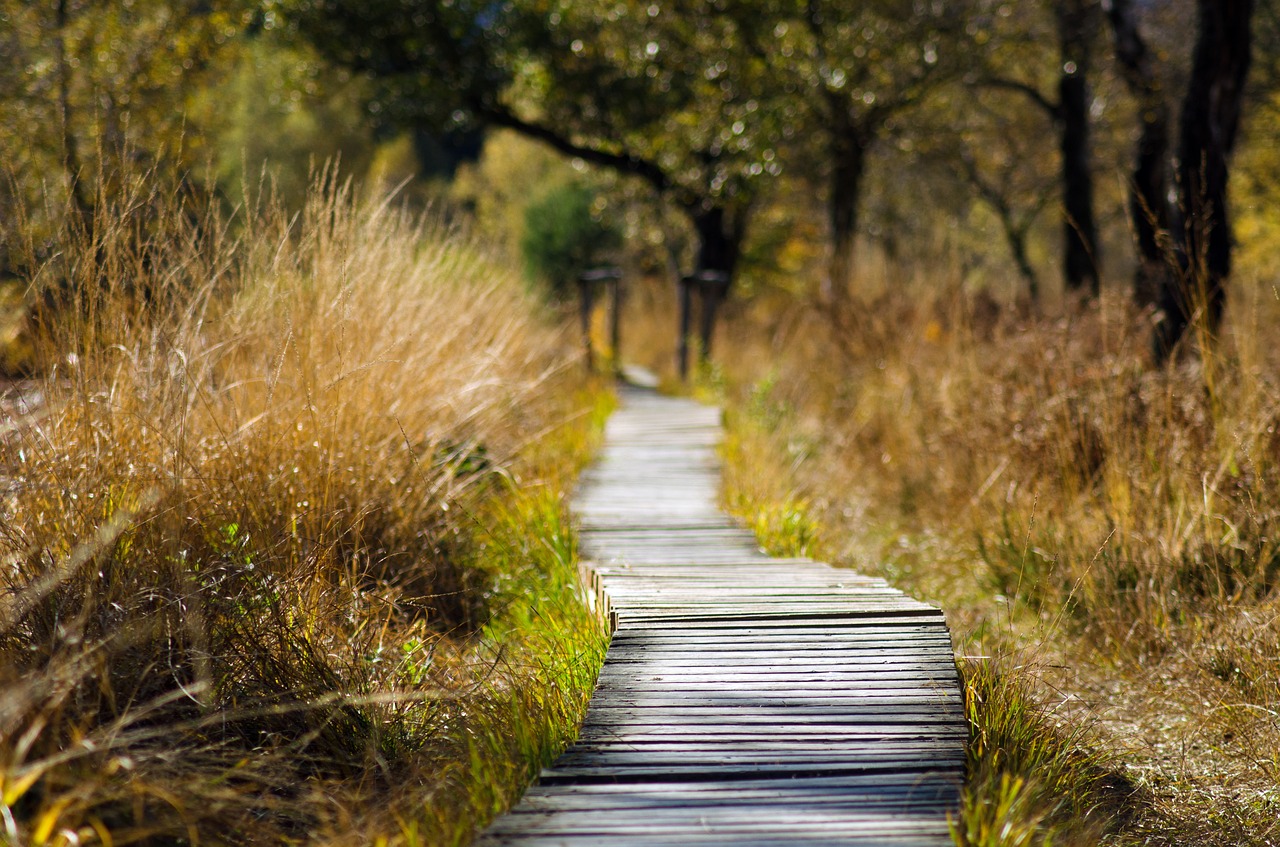
12 Nature Walk Activities for Earth Day (or Any Day!)
Incorporate art, science, geography, and math into your next nature walk to add an educational component to your outdoor exploration. Each nature walk offers something different for children to explore. Here are some activities to make a nature walk this #EarthDay2020 an engaging and enriching learning experience for children of all ages.
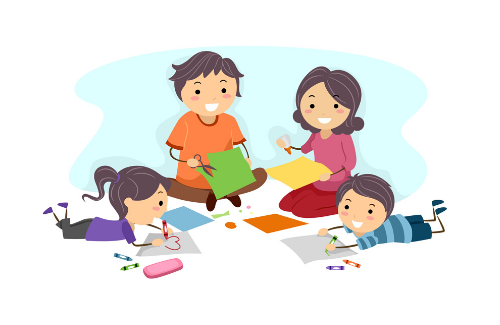
Activities to Do With Children at Home
With schools around the world temporarily closing to slow the spread of the Coronavirus disease COVID-19, we’ve assembled this list of (free!) PLT activities that you can do at home—both inside and close-by in a safe space outside.

What Is Causing Changes In Our Climate?
In recent years, there has been growing concern about rising temperatures across the globe. What is causing these changes in our climate? Why are we so concerned about it now?
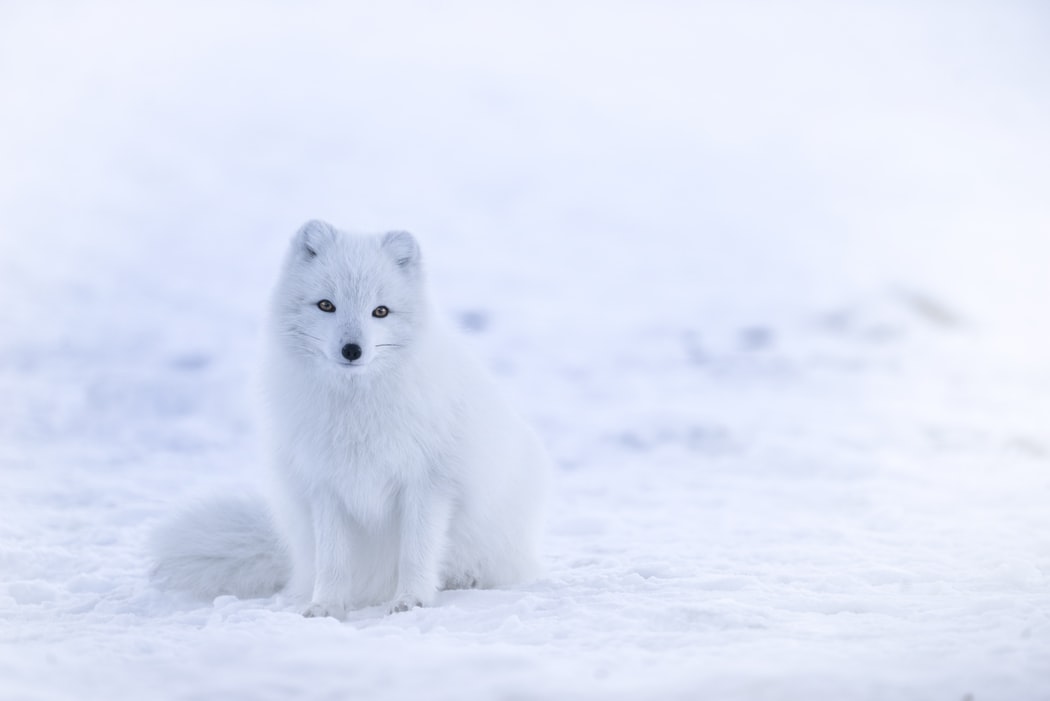
How Plants and Animals Prepare for Winter
As the temperature outside begins to drop, noticeable changes take place all around us. All living things, including humans, must adapt to their environment in order to survive. Let’s take a closer look at how plants and animals prepare for winter.
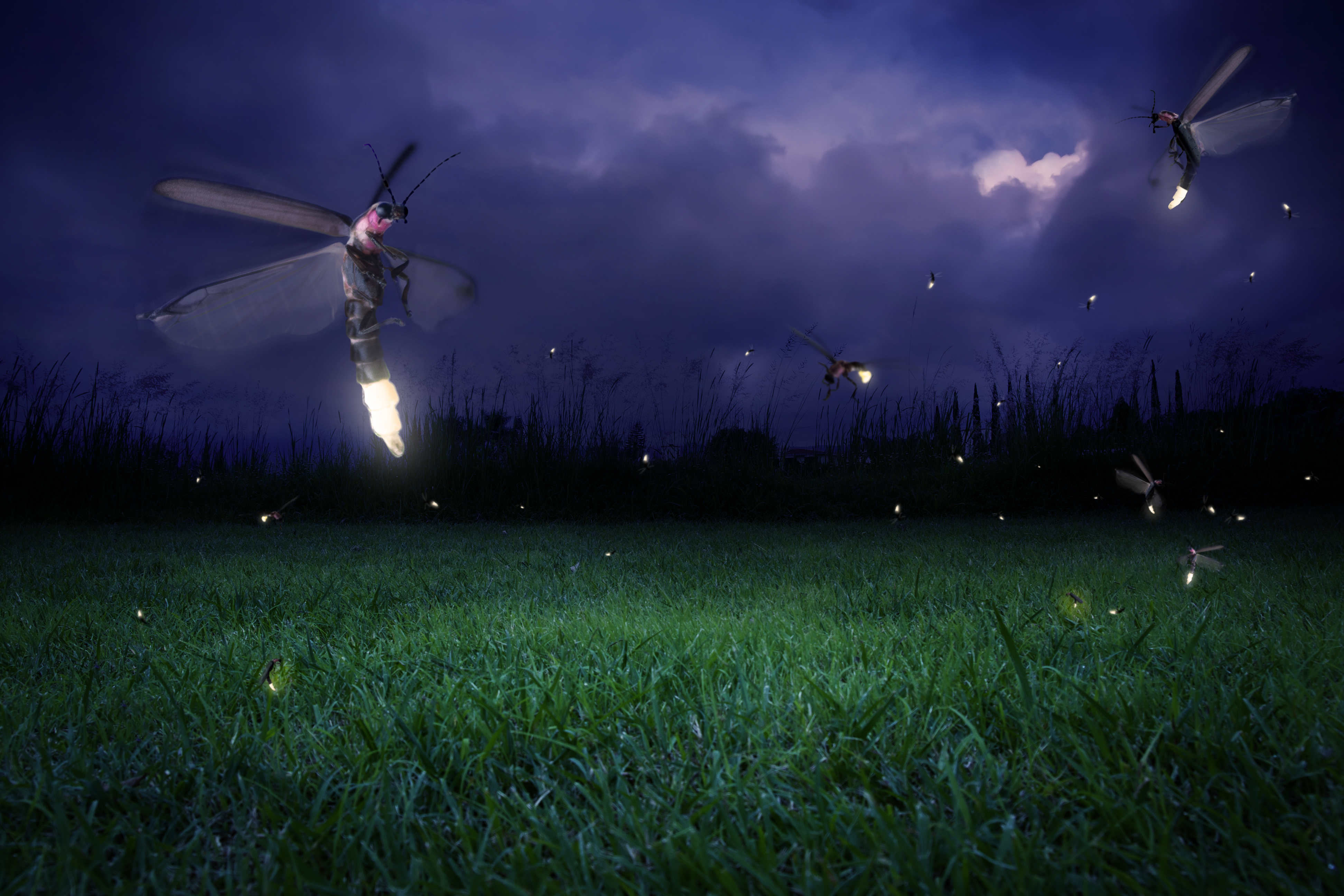
Illuminate Your Science Class with Glow-in-the-Dark Experiments and Activities
Some animals, insects, and organisms have evolved to produce light for various reasons. Capture your students’ curiosity and love of learning by using bioluminescence as a springboard into the world of luminescence. There are many ways of adapting glow-in-the-dark lessons to a variety of subjects and grade levels.
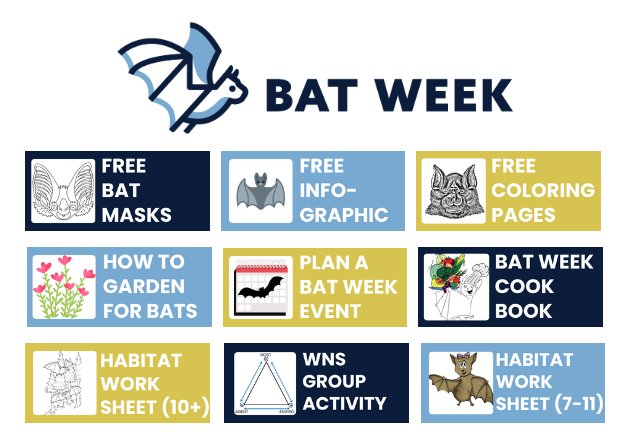
Celebrating Bat Week 2023
By Jennifer Byerly
Bat Week is Oct. 24-Oct. 31! Use this national event (timed with Halloween) to teach kids about the important role bats play as insect eaters, pollinators, and seed spreaders. To celebrate, we’ve gathered some free downloadable activities, arts and crafts, writing prompts, and other projects for all ages to learn about bat conservation.

Better Together: Mutualistic Relationships Between Plants and Insects
Plants help protect insects, and insects help plants pollinate and disperse seeds. Learn about some specialized symbiotic relationships that benefit both organisms involved.
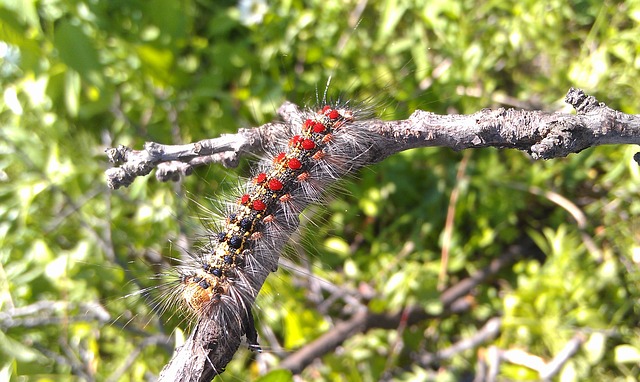
Most Unwanted: Invasive Insects in U.S. Forests
An invasive species is any kind of organism that is not native to an ecosystem and causes harm to the environment, economy and possibly even human health. Lymantria dispar, Asian longhorned beetles, emerald ash borers, and woolly adelgids are among the growing list of invasive insects that threaten U.S. forests and urban landscapes.
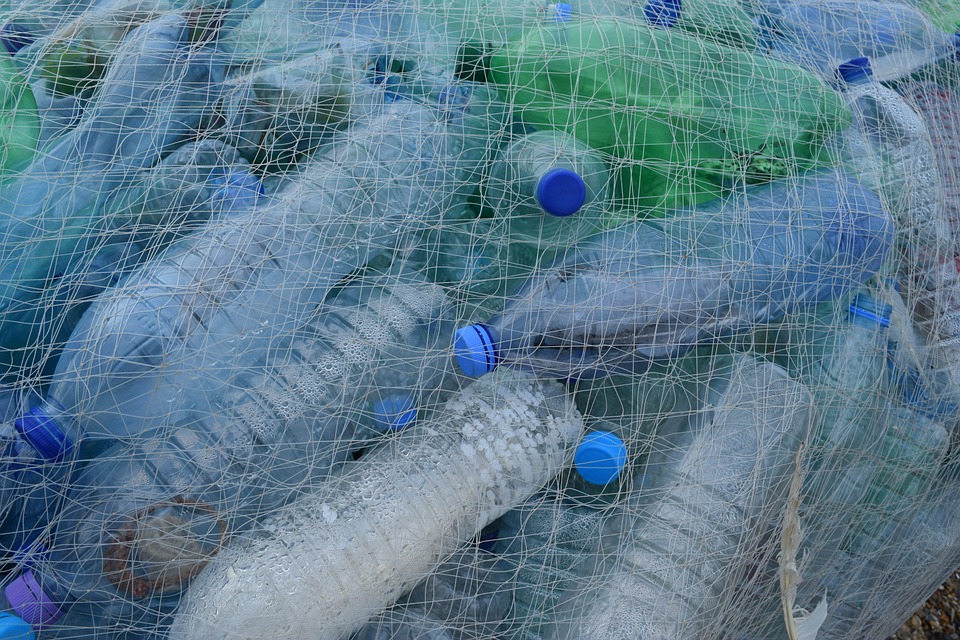
How Students Can Help Reduce Single-Use Plastic to Protect the Environment
Thirty-two percent of the plastics produced each year flow into our oceans. Here are a few ways you can encourage your students to reflect on how much plastic they use and how they can reduce their plastic consumption to protect the environment.

10 Hands-On Science Projects to Teach About Pollution
These experiments, games, and activities can help students in grades K-8 learn about the effect pollution has on the environment and inspire us to make a change.
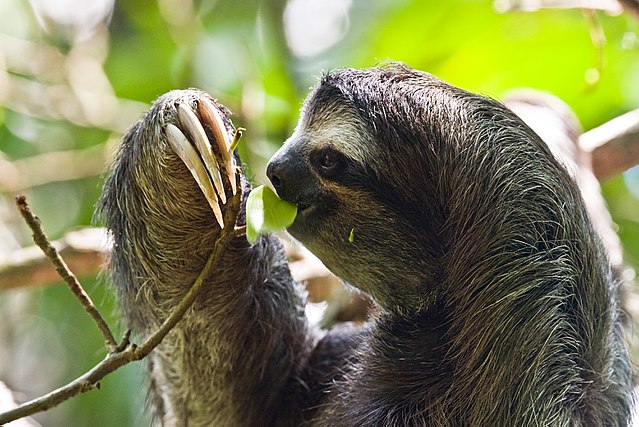
Animals that live in trees (and how they’ve adapted to survive)
Sloths, koalas, geckos, and opossums have found unique ways to live in tree-tops. Find out how these animals have adapted to life in the tree canopy.
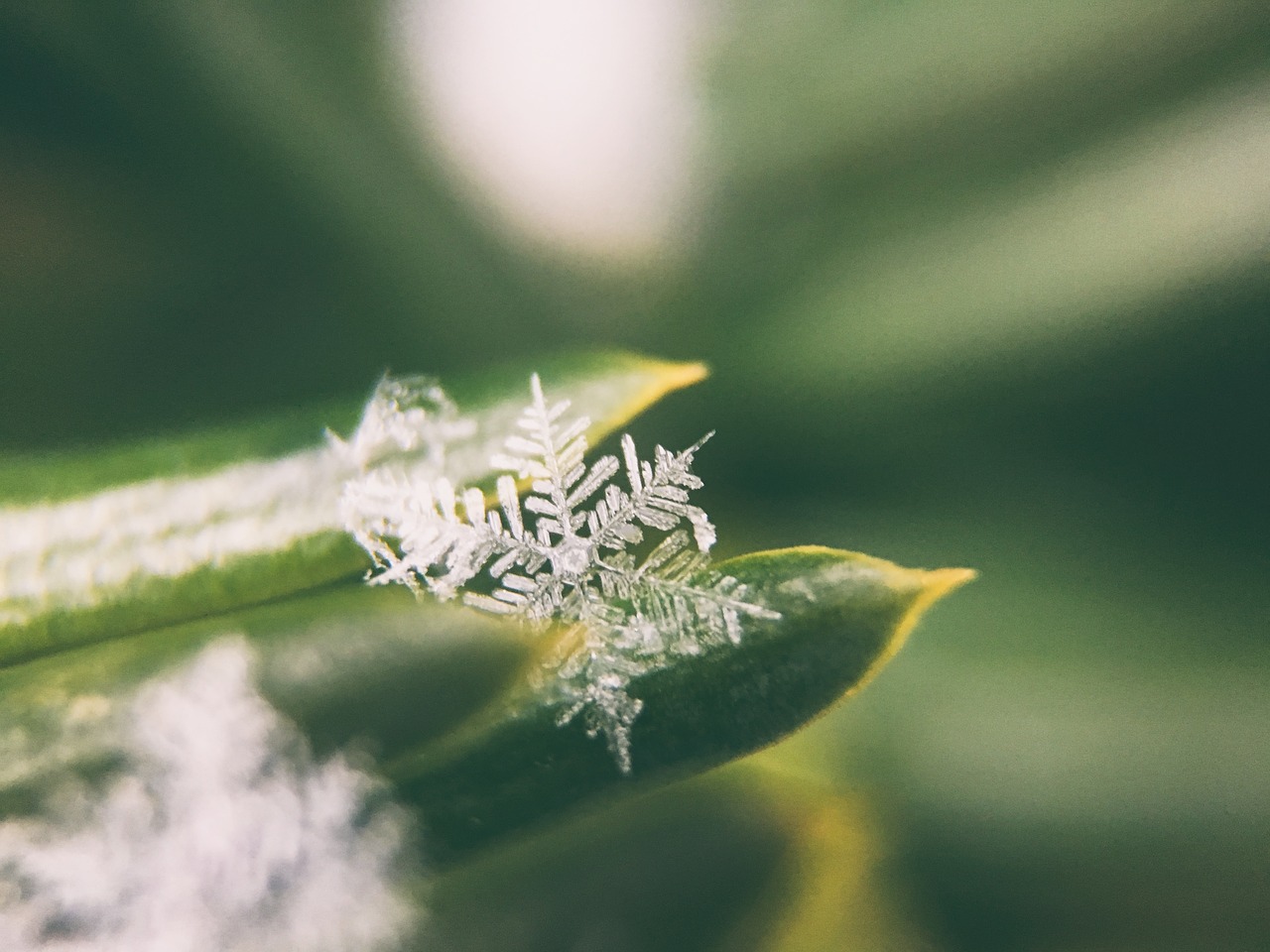
14 Winter-Themed Experiments and Activities for Any Climate
Embrace the cold this winter and have some fun with these hands-on science experiments and activities.

Educational Children’s Songs About Trees
Engage children in learning about trees and forests through music! Sing about the seasons, leaves, animals, and more with these fun and educational songs about trees.

10 ways to add an artistic twist to indoor planting projects
These fun planter/pot activities for kids encourage artistic creativity, and many use recycled materials from around the home.

12 Videos to Help Us Understand Climate Change
Videos are a great way to introduce some of the complex topics associated with climate change. Check out these 12 videos to spark discussion with your middle or high school students.
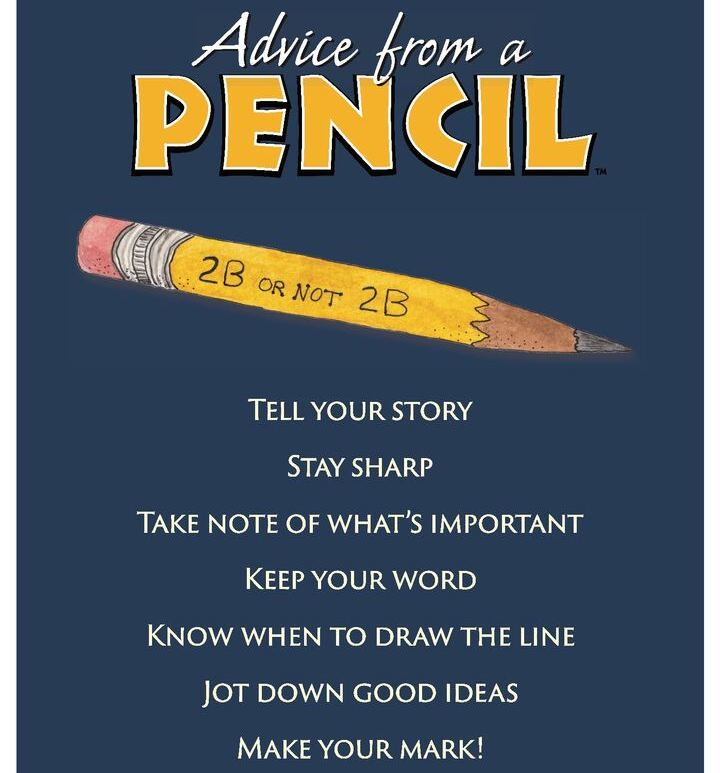
Back to School: Advice from a Pencil
Inspire your students from Day One with advice like “Take Note of What’s Important”, “Set Your Sights High” or “Stay Balanced and Lean into Life’s Curves.”
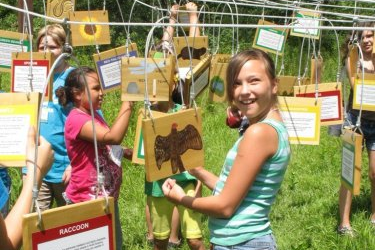
Outdoor Science Games for Elementary and Middle School Students
These science games are an interactive way to get students learning outdoors. There’s so much to learn from going out and observing nature!

10 Books About Trees for Elementary Students
These stories will not only help students learn about trees, but more importantly, appreciate their significance and value. These books can help start a conversation about our relationship with nature, conservation, and life cycles.

Fun and Educational Science Apps for Elementary Students
These fun, educational apps focus on topics such as food webs, climate change, trees, conservation, and weather and they complement Project Learning Tree’s lesson plans.
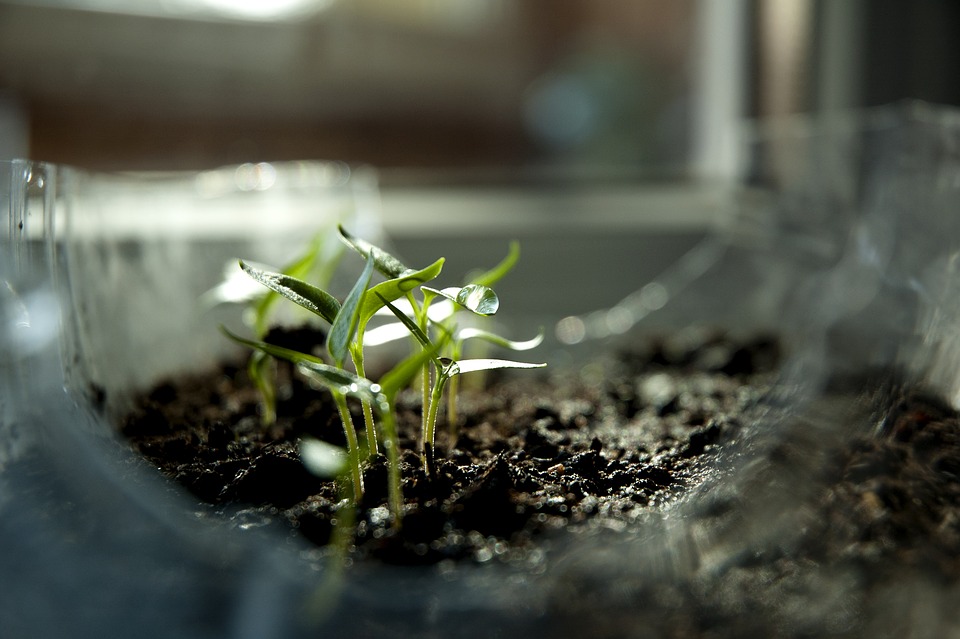
Easy Plant Science Experiments for the Classroom
Looking for inexpensive and interactive STEM activities for your classroom? Conducting science experiments with plants is an easy way to incorporate hands-on experiences to your curriculum.
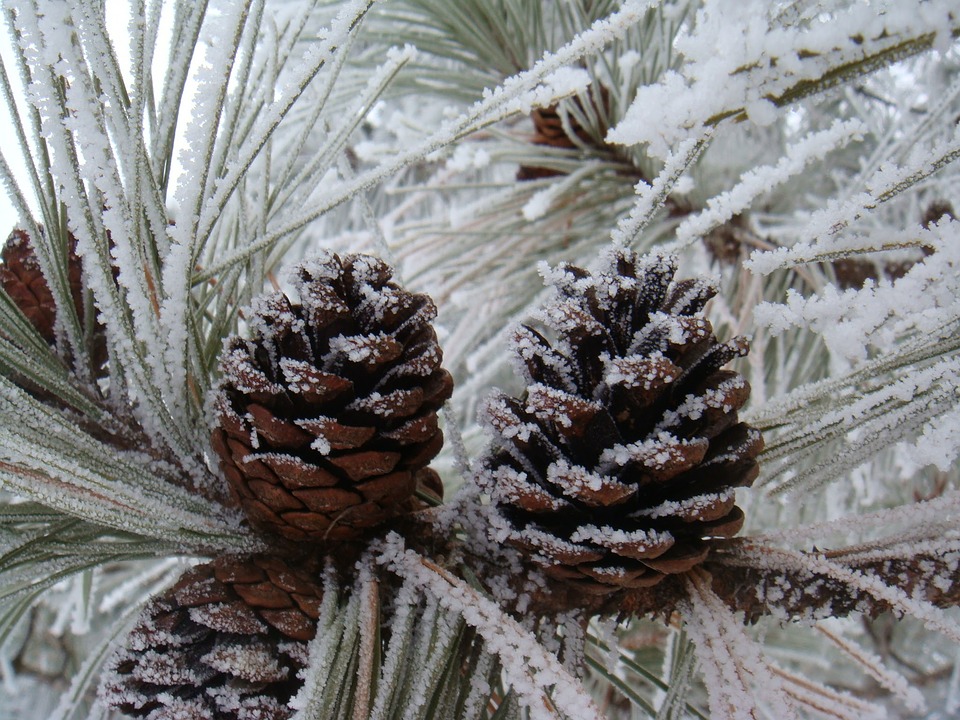
10 Outdoor Winter Activities for Preschoolers
The winter environment offers an abundance of learning opportunities for preschoolers, even in cold climates. Here are 10 winter activities that you and your preschoolers can enjoy outdoors.
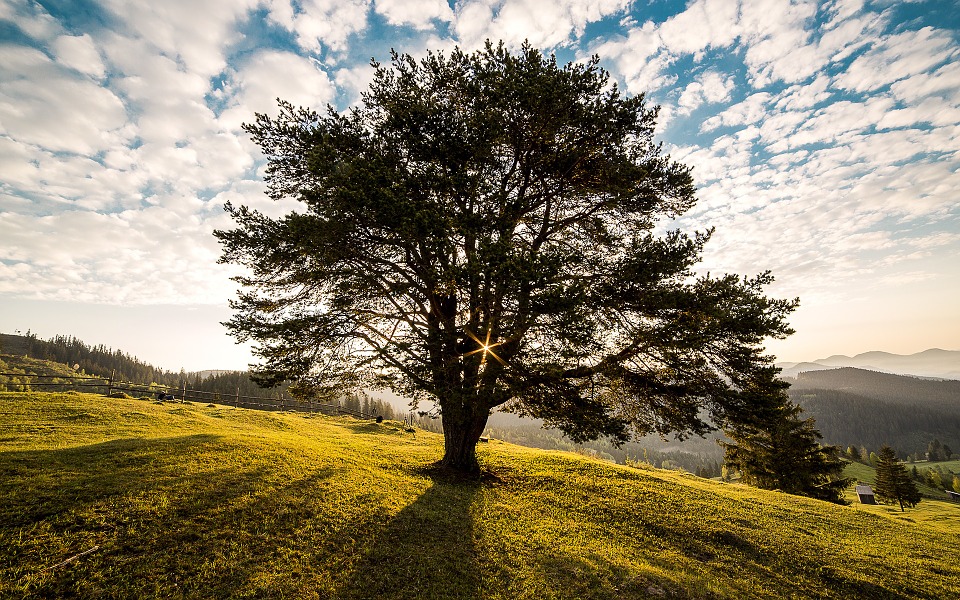
Hands-On Activities to Explore the Many Uses of Trees
Learning about trees is a great introduction to many subject areas – from science to music to geography. Here are some outdoor lesson ideas for students in any grade.
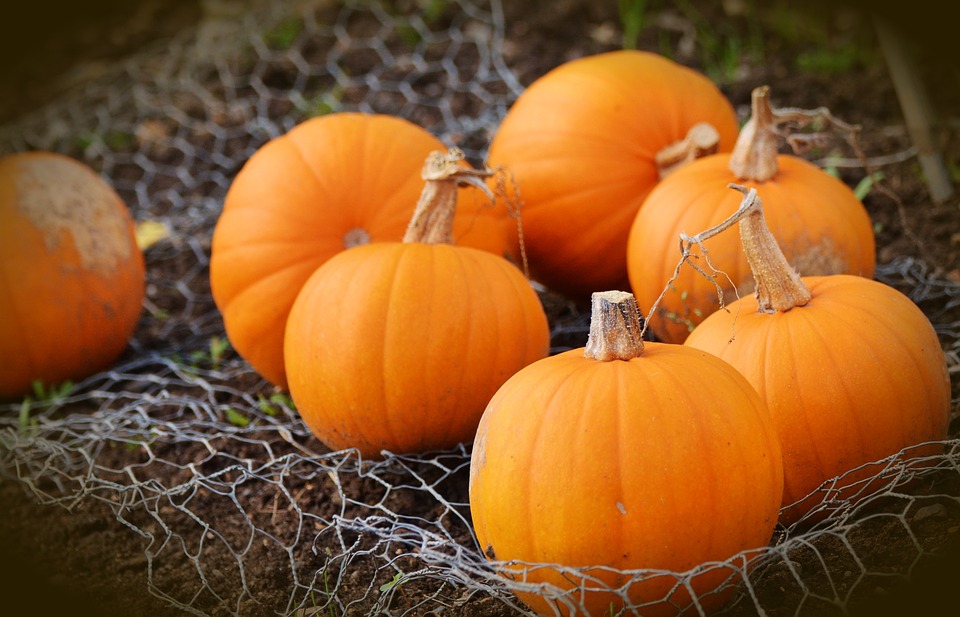
15 Spooky STEM Challenges for Halloween
The best way to keep your students focused and learning during the lead up to trick-or-treat is to bring Halloween into the classroom.

12 Engaging Science Apps for Middle and High School Students
If you have access to tablets, there are many educational apps that you can integrate into lesson plans. We’ve pulled together 12 science apps for middle and high school students on the topics of climate change, conservation, weather, and more.
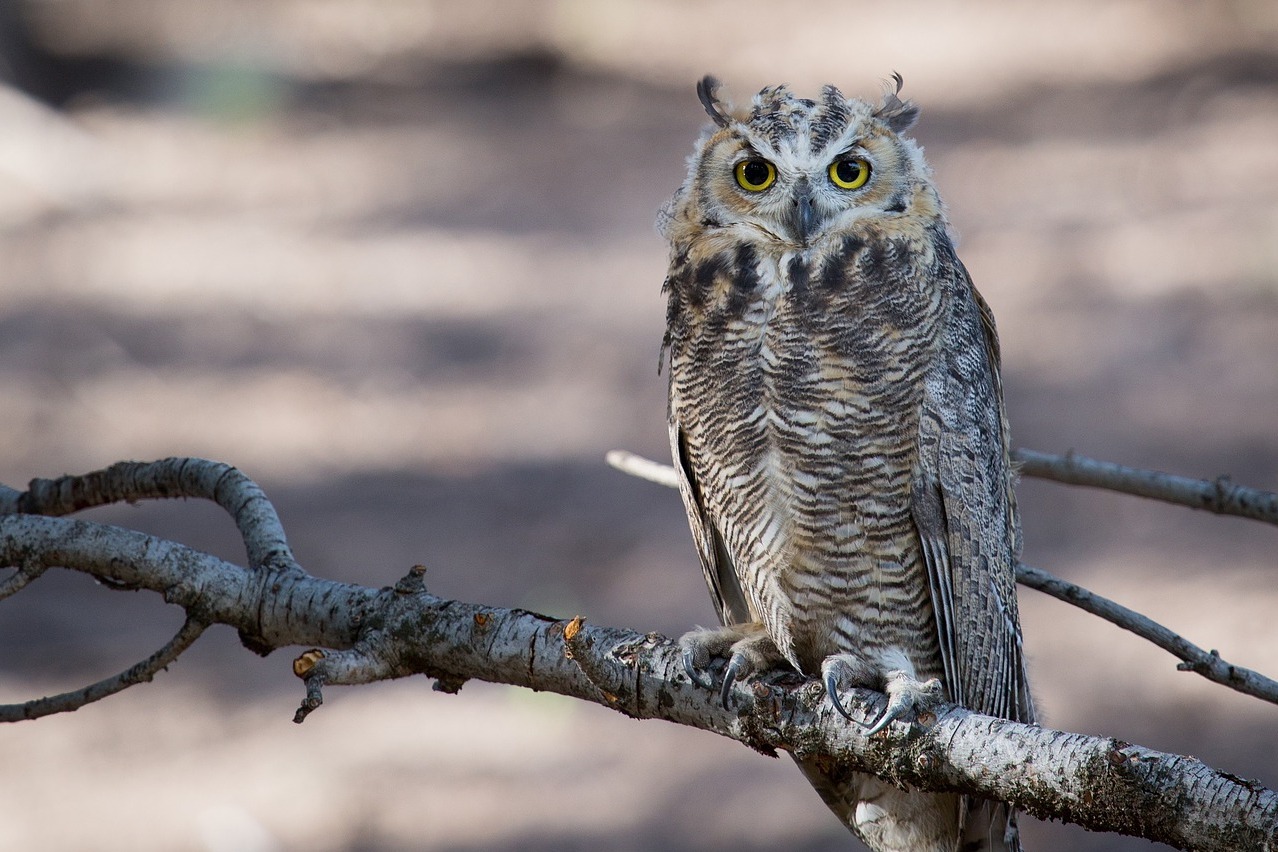
14 Animal Art Projects Made with Recycled Materials
Incorporating art projects into a lesson plan about temperate deciduous forests is a great way to make learning fun. Using recycled and waste materials can make these projects more eco-friendly.

32 Examples of Camouflage in Nature
Predators and prey animals use camouflage so they don’t attract too much attention. Here are examples of color matching, disruptive coloration, self-decoration, active camouflage, and mimesis.

Earth Day activities to inspire your students and make a difference
Earth Day is about raising awareness about the importance of protecting our planet and taking action. Use these activities to inspire your students to take action this Earth Day, and every day.
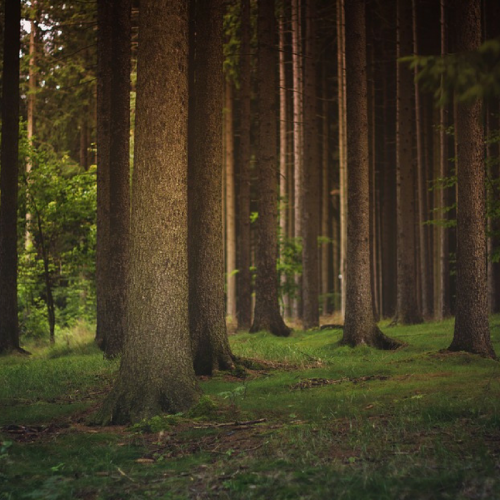
Teaching About Trees: Activity and Fun Facts About 10 Trees from Around the World
Fun facts about 10 trees from around the world to incorporate into a lesson about geography, science, language arts, and art. Students can create tree profiles to demonstrate their new knowledge.

11 Reduce, Reuse, Recycle Lesson Ideas for Every Subject
Give “reduce, reuse, recycle” a whole new meaning by incorporating this concept into many subject areas. Many of these hands-on project ideas can be adapted for any grade.
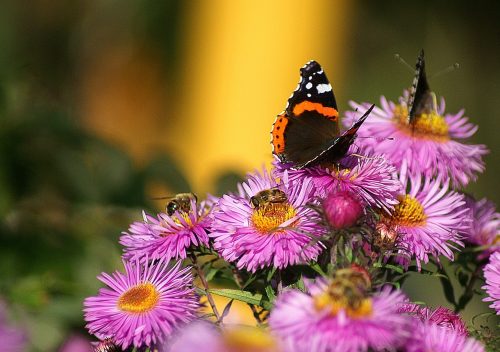
Pollinators: Why They’re Important and How Schools Can Help
It’s critical we teach students about the role of pollinators. See how students of all ages can put their knowledge into practice and support pollinators.
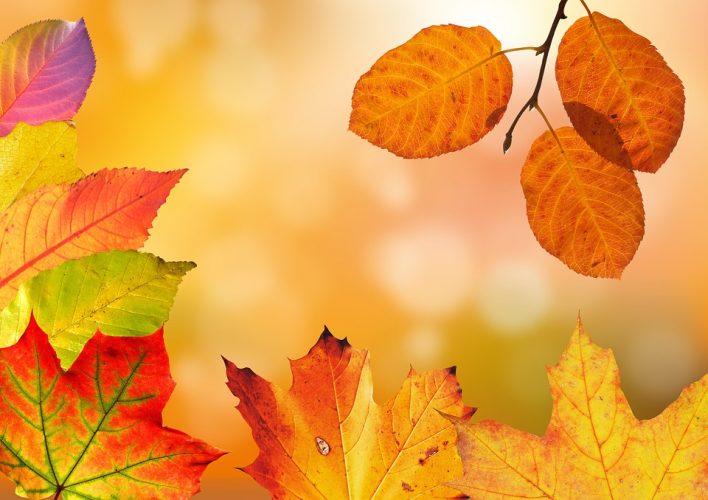
Leaf Activities for Young Learners
Fall is a great time to teach young students about the changing seasons and the science of leaves. Check out over 50 ideas for incorporating science, math, art, and literature into your lesson plan about leaves.
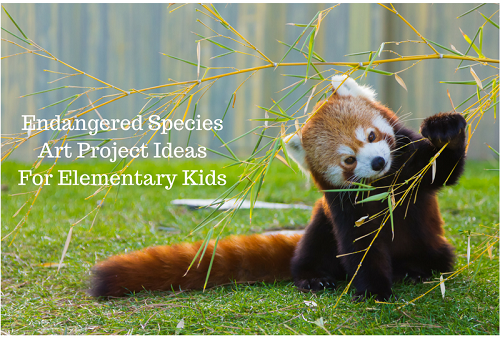
21 Endangered Species Art Project Ideas for Elementary Kids
There are tens of thousands of known threatened species. It’s critical to teach our children about endangered species because if we don’t know about the problem, we can’t take steps to find solutions.
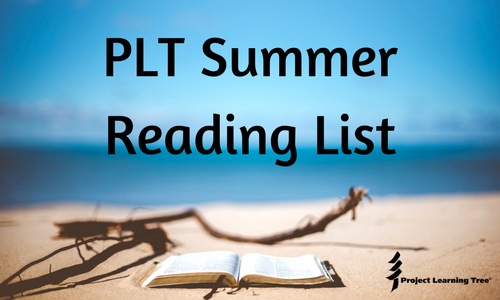
Summer Reading List
From informative nonfiction reads to silly fictional tales, this list separated by grade level will help kids–and adults–stay on top of their reading.
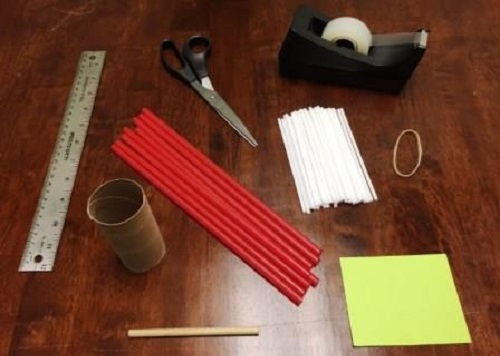
An Easy-to-Make Model that Explains the Inner Parts of a Tree
Help students visualize and better understand the function of the inner parts of a tree trunk by creating this easy-to-make visual aid.

Agent of Change: Accolades for Our PLT State Coordinator
My life changed when I met Pat Maloney, the PLT State Coordinator in Maine. Learn about PLT’s national network that provides support to educators for incorporating environmental education and outdoor learning into their classrooms.

Social Media and the Classroom
With hundreds of social media outlets available, PLT highlights 4 social media platforms that have useful applications for teachers.
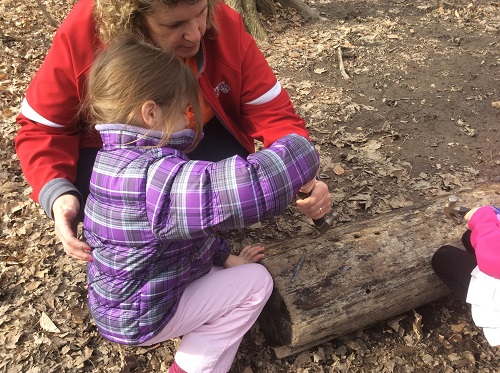
3 Rules and 3 Ideas for Involving Parents in Children’s Learning
When parents take an active interest in their child’s education, students benefit. Here are 3 tested ways to engage parents in learning with their children.
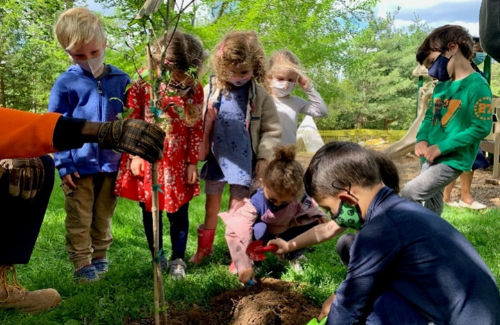
Tree Planting Tips
Ready, set, plant! Tree planting tips for your class, community group, or family to use when planting trees.
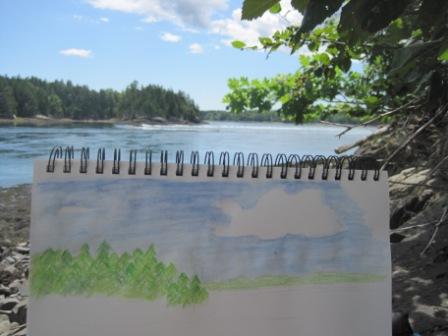
Teaching and Learning Ecologically
Education is my passion, and I am fortunate to enjoy it as a career. As Manager of Education Programs with the Project Learning Tree (PLT) national office in Washington, D.C., I help create PLT’s PreK-12 activities and design professional development programs for educators. For nearly a decade, I have been immersed in the field of environmental education.
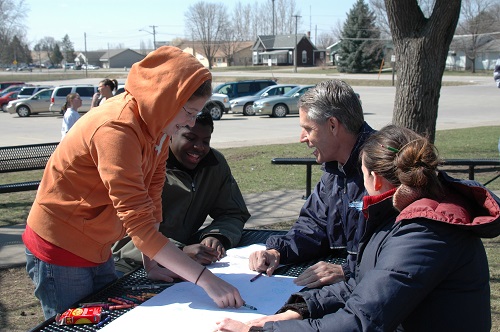
Top 10 Benefits of Environmental Education
Enthusiasm for learning. Empowered to make a difference. Improved health and academic performance. Just some of the benefits of EE for youth, educators, schools, communities.
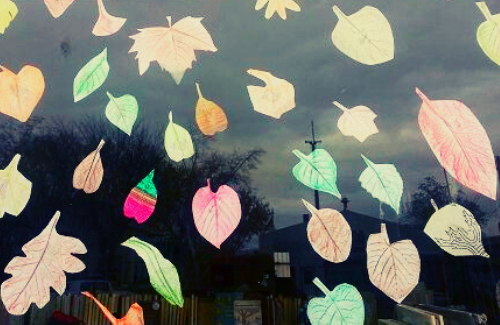
What Makes Trees So Colorful in the Fall?
Visible and invisible changes happen in leaves this season. Explore these changes and how to use a classic PLT activity to teach about fall colors.
Activities for Girl Scout Badges and Journeys
Scout troop leaders and volunteers, and those who provide scout programs at nature centers, parks, and community recreation facilities, can quickly identify Project Learning Tree …
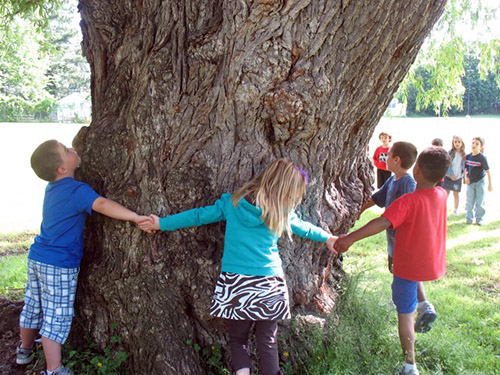
A School Nature Trail Creates a Pathway to Learning
Pairing older and younger students to create a nature trail around a New York school’s perimeter provides learning experiences for both.
Lesson Plans to Support Dr. Seuss’ The Lorax
Check out these six Project Learning Tree activities to support “teachable moments” related to this classic children’s book and film.
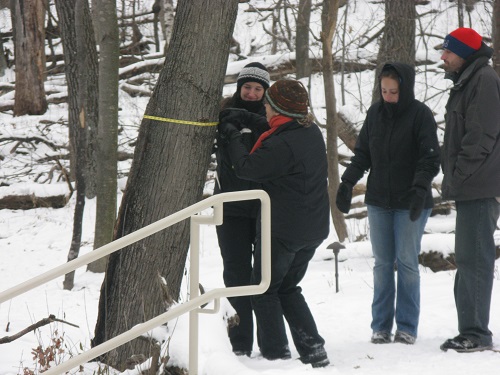
Top Ten Tips for Teaching Outside – Middle and High School
There are lots of reasons to learn outside. If you are thinking about trying out teaching in the outdoors, check out these tips.
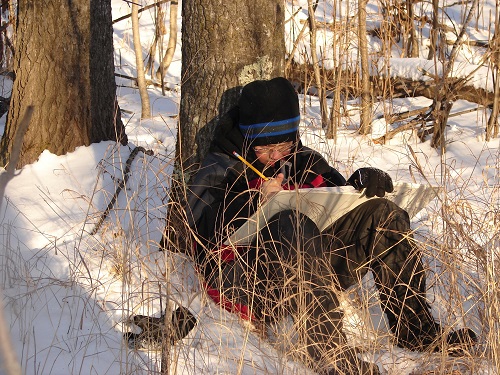
Top Ten Tips for Teaching Outside – Elementary
There are lots of reasons to learn outside. If you are thinking about trying out teaching in the outdoors, check out these tips.
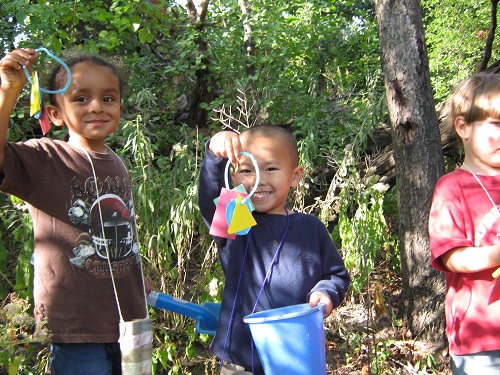
Top Ten Tips for Teaching Outside – Early Childhood
There are lots of reasons to learn outside. If you are thinking about trying out teaching in the outdoors, check out these tips.
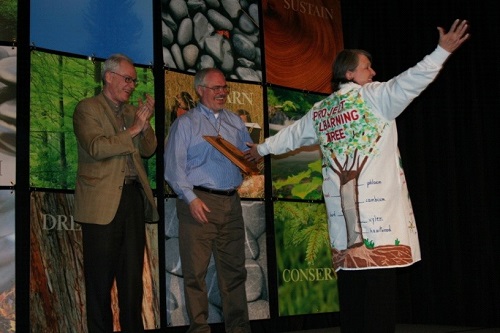
Lab Coats Paint a Thousand Words
Create your own painted lab coats! These powerful visual tools engage students in learning about science and the environment.
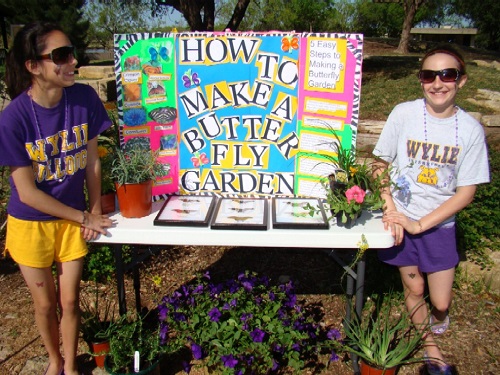
Six Steps for Successful Service Learning
A successful service-learning project is more than just volunteering—it involves students applying knowledge and skills to make a difference in their communities.

